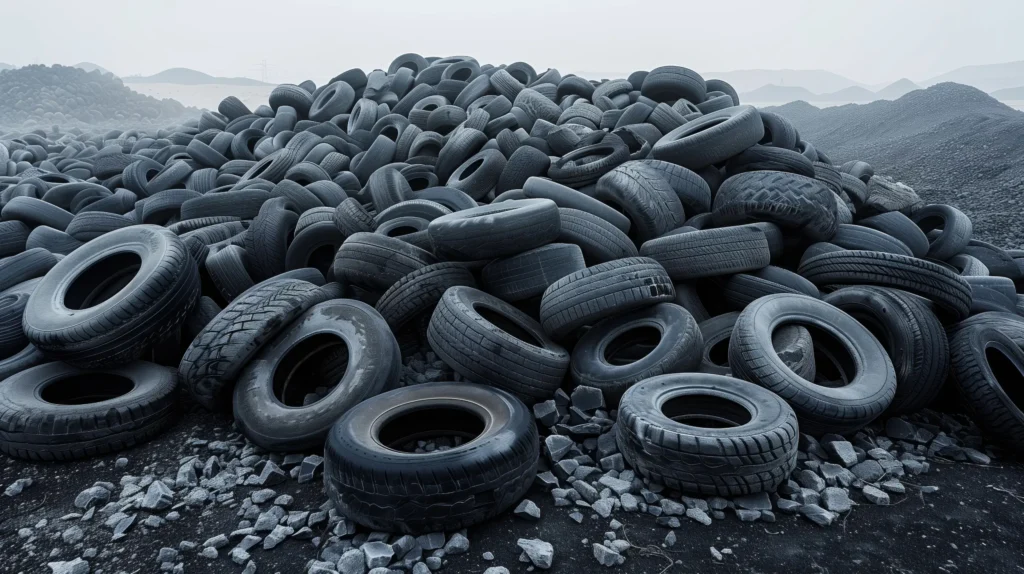As a global leader in setting standards for products and materials, ASTM International has released its inaugural standard for recovered Carbon Black (rCB), adding to its portfolio of over 12,800 standards currently adopted around the world.
In 2017, ASTM launched the Committee D36 to address the quality and safety standards for the developing rCB sector. This committee, along with its sub-committees, has been actively creating terminology, guidelines, testing protocols, and recommended practices tailored to the unique needs of the rCB industry.
Recovered Carbon Black, which is primarily produced through the thermal breakdown of used tires, is emerging as a sustainable material for applications in rubber, plastics, and pigments. The new ASTM standard, D8178, introduces specific terminology to differentiate rCB from other char products, thereby facilitating clearer communication about its performance in various applications.
Standard D8178 underscores the distinctions between Char, Carbon Black (as per ASTM Standard D3053), raw recovered Carbon Black, and refined rCB. Significantly, only products that are free from metals and fibers, and have undergone milling to enhance their properties, qualify to be labeled as “recovered Carbon Black” (rCB), which is suitable for semi-reinforcing roles in rubber compounds.
The document also references several other standards maintained by ASTM Committee D36 and Committee D24, relevant to the carbon black sector. These include guidelines on testing ash content, sulfur levels, pH values, and other physical properties of rCB. Moreover, methods to assess Carbon Black performance in rubber compounds, including the examination of morphological traits and the presence of specific compounds like Benzo-α-Pyrene, are also highlighted.
Traditional Carbon Black characterization techniques—such as structure and surface area analysis—may not entirely reflect the in-rubber performance of rCB. As such, ASTM aims to identify methods specifically suited for recovered Carbon Black materials.
For more information on these standards and detailed definitions, please visit ASTM’s official site, as access to the full document is subject to copyright regulations.





